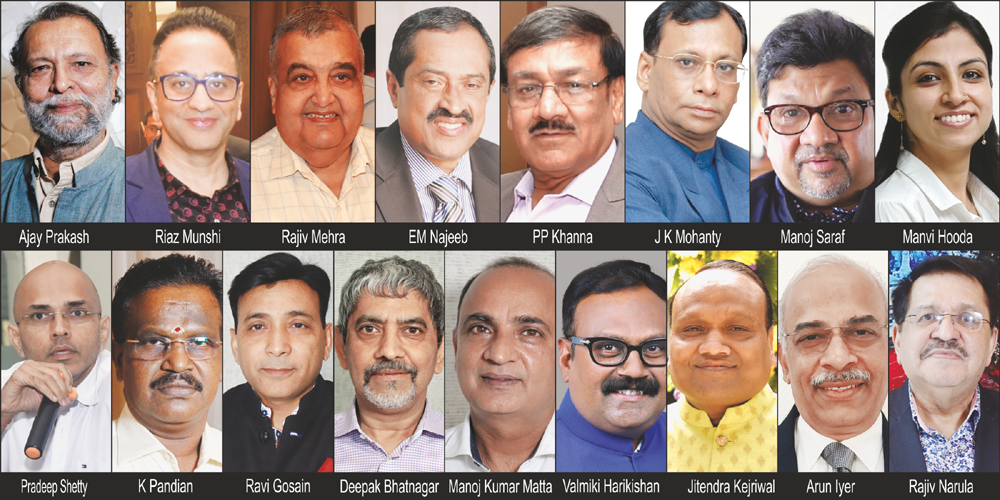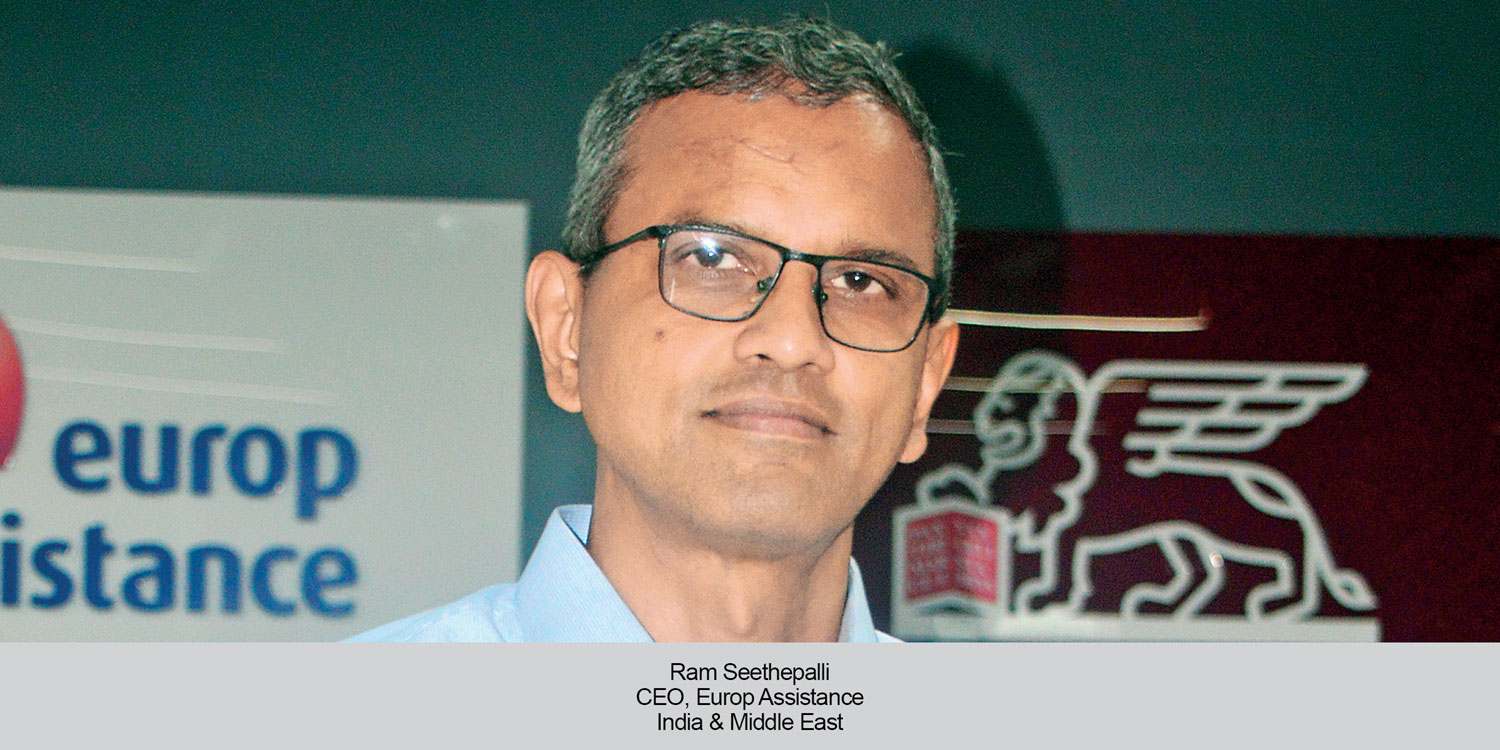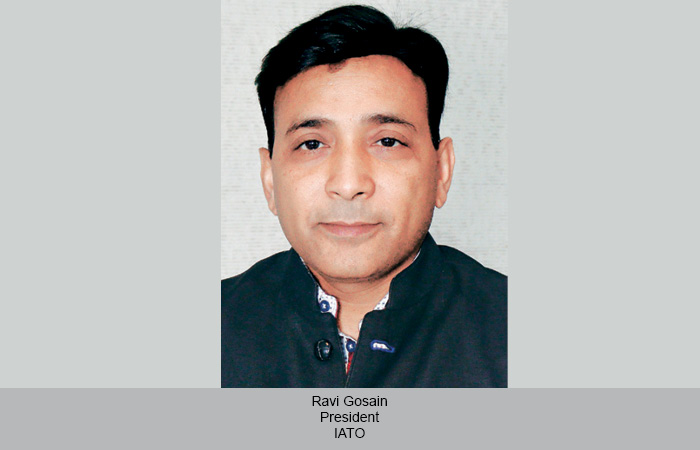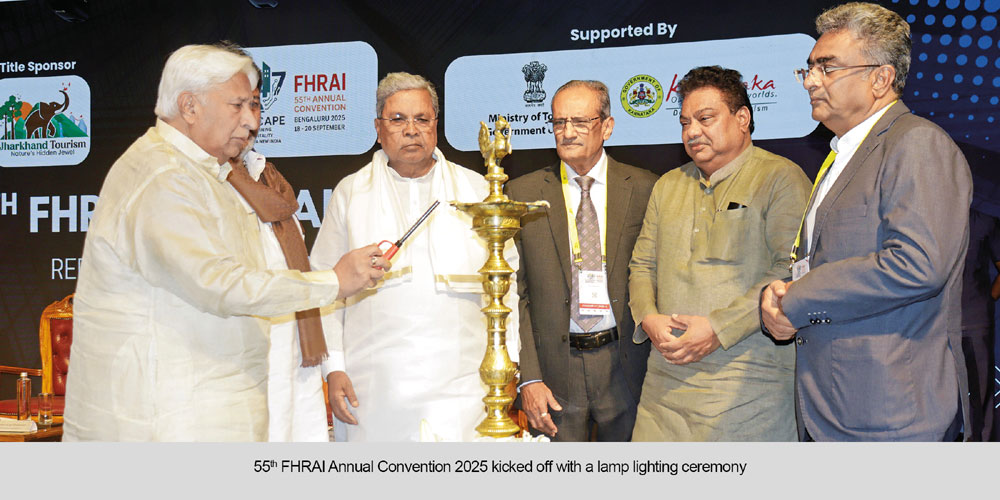Indian Aviation industry has been showing positive signs by recording the highest recovery figures post-COVID, not just domestically but internationally as well. However, Go First declaring bankruptcy and cancelling its flights in peak summer travel month, comes as a setback. The industry shares what is in store for India in this scenario.
Ajay Prakash, President, TAFI
The Air India-Vistara interline agreement has already come through. Integration of the reservation systems and the staff particularly will take some time. We may see the complete merger by end of the year. Vistara is a strong brand and had developed well. It remains to be seen how the merged entity will perform. The last merger between AI and Indian Airlines was a disaster and we hope this is handled better. In terms of new airlines, we definitely need more capacity but it will be some time before that is added. Akasa is growing and we have another new airline called Fly91 founded by Manoj Chacko, which is waiting to take off. Aviation is a business fraught with uncertainties. Capacity being pulled out, with Go First, will impact high airfares. The RCS and UDAN adding new routes is a welcome development but for it to be viable, we also need to develop secondary airports with lower landing and parking fees.
Riaz Munshi, President, OTOAI
The bankruptcy of GoAir is unfortunate for the aviation industry, and there is a need for the Ministry to intervene and ensure that passengers receive their advance payments. There should be regulations in place where airlines are responsible for arranging travel for passengers in case of cancellations or bankruptcy. The current situation has caused inconvenience and higher fares for passengers. It is essential to establish guidelines for such eventualities to protect consumers and the aviation industry. Regarding the merger of Air India and Vistara, it is a positive development. Air India has struggled to compete in the aviation market for years, and the merger will make it one of the biggest airlines globally and a national carrier for India. Vistara’s reputation for being one of the best airlines in the market will enhance Air India’s product. As Tata has always produced the best, there is optimism that the merger will produce one of the best airlines in the world, made in India.
Rajiv Mehra, President, IATO
Go First airline going bankrupt and cancelling its flights will have a very big impact on the tourism industry. Out of 54, 27 aircraft of Go First were already grounded and 27 more have been grounded. The airfares have gone very high in all sectors. That will hit the industry, especially those who have already booked their tours, and will now have to book flights at a much higher fare. In the long run it will dampen the tourism industry. Go First is saying that we will refund the money from the source it had come. However, for tour operators, the source is their accounts with the airlines, especially with the LCCs. If the money is credited to that account, it will be of no use, unless it is credited to our bank accounts, which these people are not doing.
EM Najeeb, Chairman, ATE Group of Companies
The service factor will be positive and new routes will be explored Air India has made one of the biggest aircraft orders in aviation history, purchasing 470 new planes from Boeing and Airbus. With Go Air bankruptcy pressure will be on the existing airlines for seats and this may see prices going northwards. RCS UDAN will enhance last mile connectivity to a sizeable extent. 59 new routes for tourism are envisaged under the UDAN scheme. Around 26 routes are awarded for Buddhist Circuit. There is immense potential for new airlines in the Indian market as domestic tourism has reached pre-COVID level and India has opened inbound tourism, gaining the lost ground. The industry is expected to finally reach profit in 2023 – the first time since COVID-19 pandemic.
PP Khanna, President, ADTOI
The RCS UDAN scheme was introduced to make air travel accessible to public. However, it has faced several challenges and has not been as successful as anticipated. One major drawback is the inadequate readiness of many airports, which hampers the scheme’s effectiveness. The expected fares from local individuals are not economically feasible, posing another hurdle. Although air travel has become more affordable, the growing number of passengers has resulted in increased air traffic, leading to the natural entry of new airlines, which provide competition and choice. However, the surge in air traffic has also brought forth frequent reports of incidents during flights, posing a significant concern for passenger safety. Moreover, there are no fare caps in place.
J K Mohanty, Chairman – Hotel & Restaurant Association of Odisha and Chairman – IATO, Eastern Region
India’s aviation potential has been boosted by the UDAN scheme. It has opened regional travel to many parts of the country that were previously inaccessible due to the lack of airports. However, more infrastructure is required for the successful implementation of the scheme across the country. India has a huge aviation market with large untapped potential. There is a need for continuous support from the Central as well as State Government through appropriate policy interventions. This will benefit domestic economy, as well as enhance the global footprint of India’s aviation sector. The potential for new airlines in India is high. India is a rapidly growing economy and is expected to become world’s third-largest aviation market in the next few years.
Manoj Saraf, Managing Director, Gainwell Travel & Leisure
A country of the size of India with a population of 1.4 billion people requires a lot more connectivity and flights. Under Prime Minister Narendra Modi’s government, aviation in India has grown at a pace of more than 10 per cent per annum and the number of airports has doubled from 70 to 140 in less than 9 years. There is definitely room for more regional and national airlines, provided they operate with a clear vision and sound management. The bankruptcy of Go First is a repeat of Jet Airways, Kingfisher Airways, Modiluft, East West Airlines, Sahara, Damania Airways, Archana Airways and several other airlines, which have folded up in the last two decades. India is seeing the emergence of two large camps Air India + Vistara + Air Asia on one side and IndiGo on the other side.
Manvi Hooda, Practice Lead – Consulting and Research, CAPA India
Despite falling short of the target in 2022 and the likelihood of missing the 2027 goal, the potential for growth under RCS remains substantial. The UDAN scheme has encountered some challenges including low utilization of the awarded routes. However, as it approaches completion in 2026 and comes up for review, a critical assessment is needed to determine if it indeed achieved its set objective along with the challenges such as utilisation, airline’s financial viability, etc, that still exist despite the scheme. In CAPA India’s view, India has a unique regional air connectivity framework with two policies, RCS and RDG, aiming to serve the same objective of regional air connectivity. An integrated and robust policy framework is required to achieve the connectivity objectives.
Pradeep Shetty, President, Hotel and Restaurant, Association of Western India (HRAWI)
The RCS UDAN scheme will help tourists travel to new destinations and explore different parts of the country. For instance, the first direct flight along the Shillong–Dibrugarh route was launched under this scheme. The travel market in India was worth $75 billion in FY20 and is projected to cross $125 billion by FY27. The RCS UDAN scheme paved the way for the new airlines in the budget segment in the Indian aviation market. Entry of new airline carriers including Akasa, has generated a lot of interest as it aims to differentiate itself by providing a superior customer experience. While it is still early to determine how the new-age carriers will fare, there is tremendous potential to succeed. The market is growing rapidly and the demand for air travel is expected to only increase.
K Pandian, Chairman – IATO Tamil Nadu, Andaman & Nicobar and Puducherry Chapter
The UDAN scheme was excellent and many flights got introduced, especially for the south. It’s working very well. I don’t think any flight is operating less than 95 per cent in the last eight months and it’s going to continue for this. They are also making good business. Some more routes have been requested. I have requested Indigo to consider some new sectors like Cochin to Trichy, Trichy to Tirupati. When it comes to new airlines, I believe that they could sustain if they follow ethical business. Potential is growing. The Indian aviation Industry, in the next 5 years, before 2030, should grow minimum 50 percent from wherever it is now. If any new airline comes, they can take a share of 5-10 per cent. However, those with good service will sustain.
Ravi Gosain, Vice President, IATO
The best thing that the Civil Aviation Ministry did was RCS UDAN because they have connected smaller cities into the network. It will benefit not only the domestic passengers, but tourists as well. In this scheme, half of the seats are guaranteed by the govt, so if they don’t get the load, then the govt pays for their seat. I have recently seen that there will be 500 more sectors or flights under this scheme. It’s a very good step from the govt. Indian aviation is one of the fastest growing sectors and with more airlines coming up as well as the merger of the biggest airline Air India & Vistara, it will give a lot of opportunities for many new airlines to come. Passenger load is increasing day-by-day. Hence, in future as well, it is going to be good for the industry.
Deepak Bhatnagar, Managing Director, Aamantaran Travel Company
RCS UDAN is a good scheme but until we open our skies it is going to benefit India. We still have a reciprocal kind of situation. I heard a senior airline professional saying that we should not allow international airlines, which is unfair. We are investing so much money in creating new airports, which must be utilised. Hence, we should have open sky policy and allow more airlines and encourage them to start operations into India. The Indian aviation market is domestically and internationally growing y-o-y. I think all of them have a very bright future. Obviously, they need to be more focused and they need to support the tourism trade segment, which will give them high results. I think any kind of new route they would like to introduce, we could support them with new itineraries.
Manoj Kumar Matta, Director, Oriental Vacations & Journeys
See, of course, the UDAN Scheme has been successful to a great extent. But all these airlines are commercial ventures. They need to look at revenue maximization and see how much they are getting back. Recently, IATO wrote Air India about Khajuraho and Aurangabad flights, but they denied that they cannot restart the flights because as they don’t have yield. The way Air India, which is merging with Vistara, are expanding their fleet, it will help us. Akasa has been launched and are doing well. Vistara had a great career and now with Air India coming under TATA, Vistara and SAI and Air Asia in the same group, people will have more connectivity. This would allow people to book an entire sector with only one PNR, which was not covered earlier.
Valmiki Harikishan, Managing Director, Valmiki Travel & Tourism Solutions
UDAN Scheme has benefitted a diverse set of stakeholders. Passengers have got the benefits of air connectivity; airlines have received concessions for operating regional routes, and unserved regions have received the direct & indirect benefits of air connectivity for their economic development. Notheast has got more focus. The govt is targeting to operationalise 1000 routes and 50 additional airports, heliports, and water aerodromes soon under UDAN 5.0 launch. Akasa Air has come out with a very clear roadmap, fares not too high, and at the same time not too low maintaining moderate and filling the aircrafts. Post-COVID potential of travellers has increased just for example Post-COVID figures for 2022-23 is 97 per cent passenger traffic recovery at GMR Hyderabad Airport.
Jitendra Kejriwal, Chairman-IATO, Maharashtra Chapter
The UDAN scheme has the potential to significantly boost the Indian aviation industry by increasing regional connectivity, promoting economic development, creating employment opportunities, and making air travel more affordable for the common people. Despite challenges, there have been some new entrants in the Indian aviation market in recent years. Air
India-Vistara merger could leverage the strengths of both companies, including Air India’s extensive international network and Vistara’s strong domestic presence and reputation for quality service. A merged netity should potentially provide more seamless travel experiences for passengers, with better connectivity across India and international destinations. It could also lead to cost savings.
Arun Iyer, Founder & MD, My Golf Tours
RCS is being implemented and many new regional routes and airports are opening. This is like opening the Pandora’s Box for regional travel. This is growth without noise in the hinterland. Running an airline requires deep pockets and there is enough room for new airlines. We have seen airlines like Eastwest, Modiluft, NEPC, Damania, Jetairways, Kingfisher rule the sky. The latest ones have moved ahead, learning from the downfall of others and are here to stay. Cutting cost at the cost of customer comfort will not win in long run though. With proper route and travel pattern research, organic growth can be achieved, and growth scaled in a steady manner rather than a quick vertical jump. The AI-Vistara merger could be a source of worry for big airlines.
Rajiv Narula, Founder, MD & COO, The Comforts
The development of smaller airports and integrating them with mainstream ones give a definite fillip to regional connectivity, affordable travel & composite development of the regions under proactive aviation policies & action plans. The schemes like RCS Udaan, giving licenses to new airlines (like Akasa) or strategic mergers (Air India-Vistara) are steps in positive light to address to the pressing demands of various regions, our economy and composite national growth with optimal use of resources. The smaller aircraft, air charters & heli-services are definitely in bandwagon to serve the demands of rapidly growing Indian Aviation spectrum. I hope that these initiatives are implemented without delay and result in tourism revival to reunite the nation.
Inputs by TT Bureau
 TravTalk India Online Magazine
TravTalk India Online Magazine





